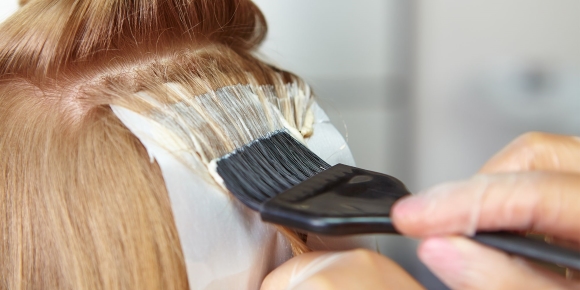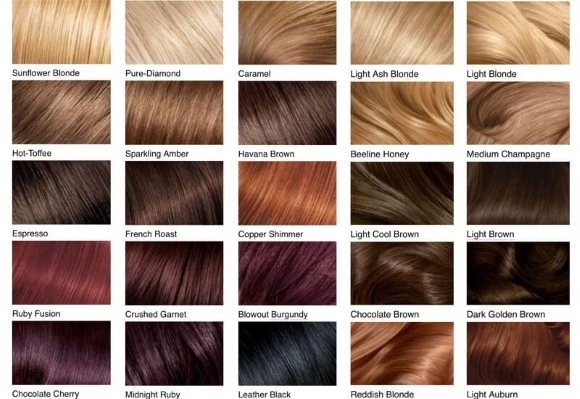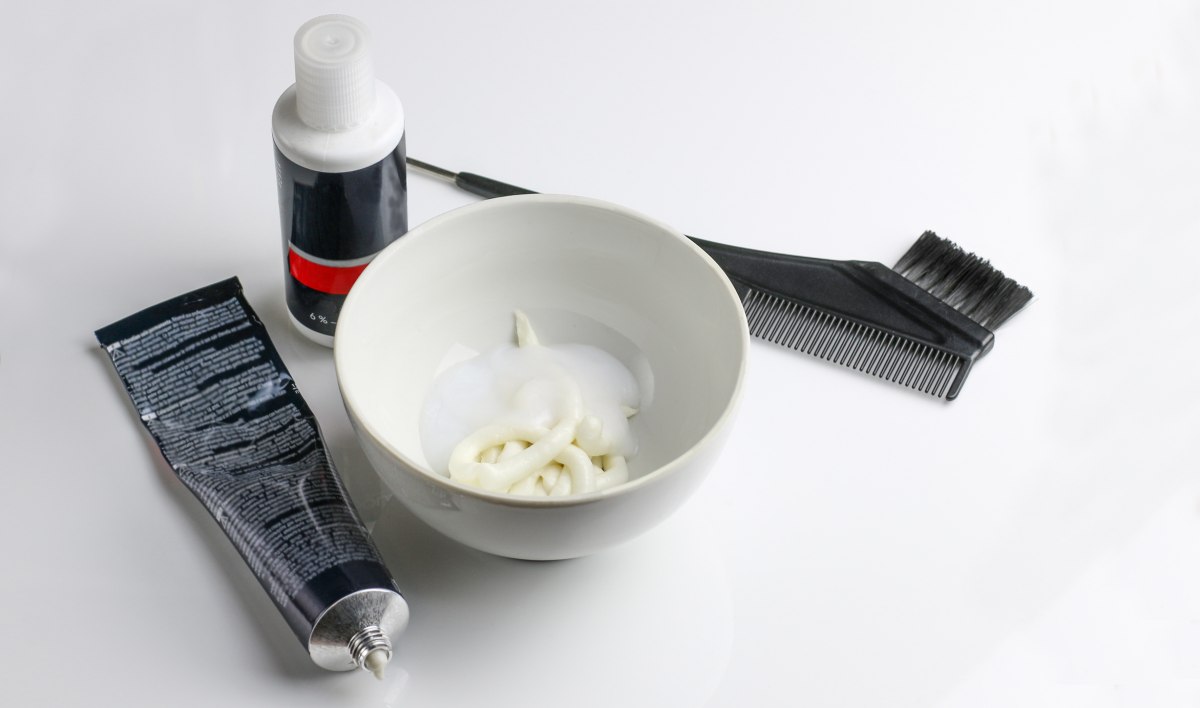The history of hair colouring dates back to 1500 BC when Egyptians started using henna for covering grey hairs. But the first hair dye was accidentally discovered in the 1800s when the English chemist William Henry Perkin was looking for a cure for malaria. Ever since hair dye colours have evolved a lot and nowadays, people have the chance to choose from ammonia and ammonia-free hair colours. As the name implies, they differ from one another, so knowing their differences will help you make the right choice.

Ammonia Hair Dyes
The first thing that needs to be clarified is that hair colouring is a chemical reaction where usually more than one chemical acts as a swelling agent for the hair cuticle. This is essential because the hair follicles have better chances to absorb the hair dye/colour and penetrate deeper into the hair cuticle.
Although a lot of people have concerns about ammonia, the truth is that this is one of the most efficient alkaliser at swelling the hair follicles. Ammonia is especially essential for those of you who want to lighten your hair and the most important thing you should know is that ammonia won’t cause any health risks.

Thanks to encapsulated fragrance additions which are designed to neutralise its odour, today’s hair ammonia dyes don’t have that strong odour like before. However, following the specific hair dye instructions and ventilating the room are still needed so that any left odour disappears from the space.
Posing no health danger, ammonia hair dye colors can produce more vivid colours that will last for quite a long. Considering the fact that ammonia molecules are small, they are designed to evaporate fast and rinse off easily after colouring. So, besides your hair, a lot of women use hair dyes for their greying brows.
How to Color Eyebrows with Hair Dye?
Dyeing your brows is as easy as dyeing your hair. The procedure is the same and you can do it at your home or at a salon, depending on where you dye your hair. Although a lot of women decide to dye their brows with the same hair colour, others use specially made brow dye kits that come in different shades. By choosing a brow dye kit, you get the chance to choose a different shade, so you can go a shade lighter or darker than your hair colour.
Ammonia-Free Hair Colours
As the name implies, ammonia-free colours are free of ammonia, however, they do contain some other chemicals or alkaline ingredients that are quite similar to ammonia. Hence, this doesn’t make them ‘natural’ and less damaging at all.
Given the fact that these dyes contain other alkaline ingredients which are not as potent as ammonia, it’s understandable that the hair colour won’t look the same as the one obtained from ammonia hair colours (even if it’s the same shade). That is because these other chemicals have larger molecules which makes them less capable of saturating and infusing the hair follicles.

Said in simple words, these alkaline ingredients cause less hair swelling, so the hair dye doesn’t have the ability to penetrate deeply into the hair. Usually, these hair dyes have oils in them to help the hair keep its moisture which is good. This means that these hair dyes could be gentler to the hair. However, let’s keep in mind that they still contain alkaline ingredients which don’t make them 100% safer or better. Additionally, it’s been said that these hair dyes are more difficult to rinse off and oftentimes, a residue can be left behind even after a thorough wash.
If you don’t have any problem with your hair and you’re not allergic to ammonia, it’s best to use ammonia-based hair dye for superior grey hair coverage. The best of all is that it offers longer-lasting results with less damage. These days, the used formula of ammonia is less abrasive which explains the reason for the few side effects and skin reactions.
Although ammonia-free hair dyes seem not to cause allergic reactions, they still can because of the other alkaline chemicals in them. So, whether you decide to use ammonia or ammonia-free hair dye, it’s best to test it first before dying your hair. The easiest way to do this is by making a patch test on the skin behind your ear. For this purpose, you’ll need to mix an equal amount of your hair dye and developer, mix it and apply a small amount on the skin behind the ear with the help of a cotton swab. Once done, let it sit for 24 hours and wait to see how your skin reacts to it. If the next day you don’t have any reaction, this means that you’re good to go and use the chosen hair colour for your hair.
